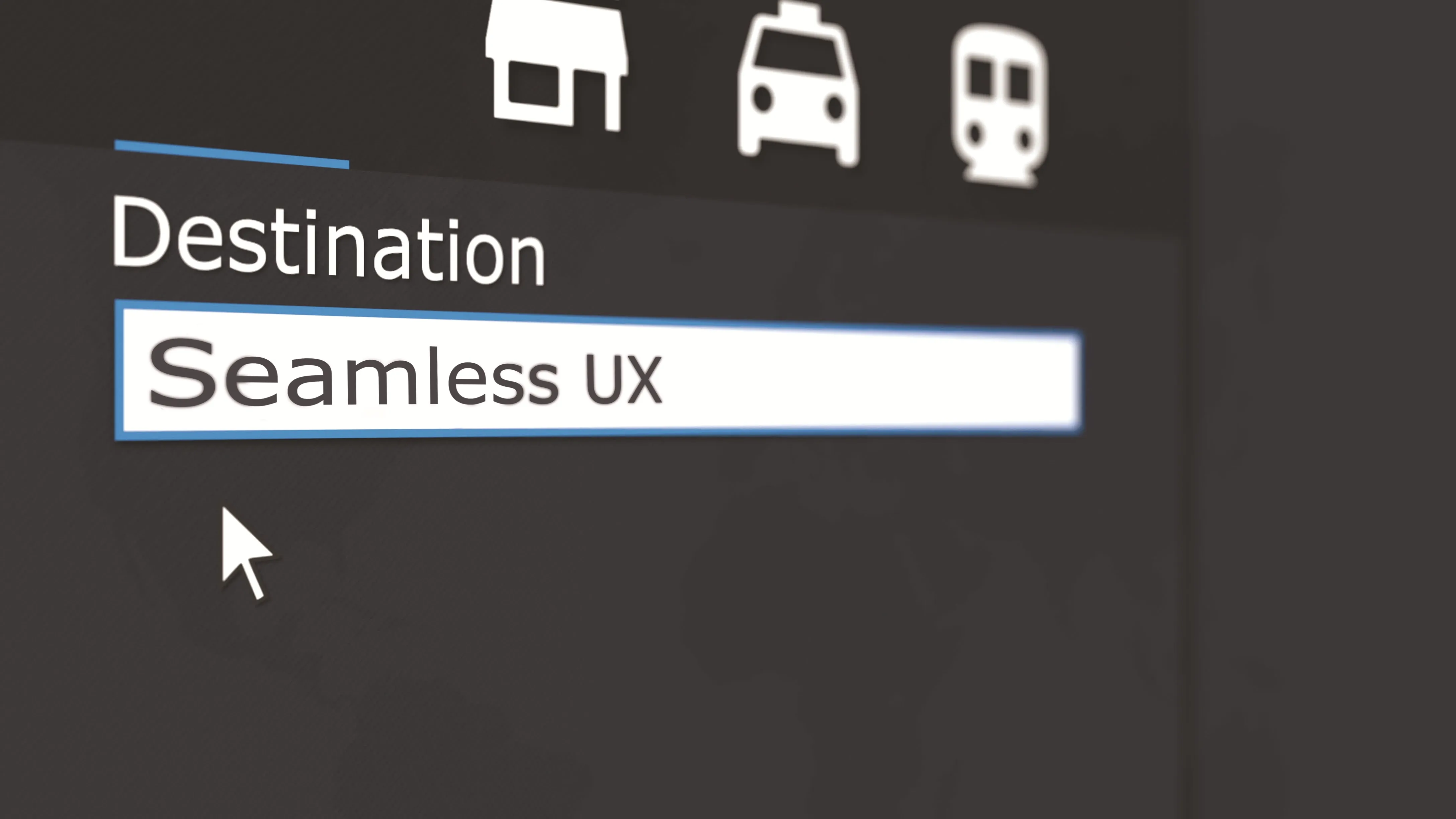
Following his keynote presentation at the 2016 ITS World Congress in Melbourne, ITS International caught up with Esri founder Jack Dangermond.
It is getting close to half a century ago that Jack Dangermond and his wife Laura founded the Environmental Research Systems Institute – known today as
“The concept of GIS began in the 1960s with Dr Roger Tomlinson’s pioneering work to initiate and direct the development of the ‘Canada Geographic Information System’ – most people identify this as the first use of the phrase ‘GIS’.”
Simultaneously, in 1964 at Northwestern University in Illinois, Howard Fisher was creating one of the first computer mapping software programs, known as Symap. A year later, he established the Harvard Laboratory for Computer Graphics and Spatial Analysis. The Lab attracted talented geographers, planners, computer scientists and others from many fields who invented and synthesised some of the modern concepts that underpin computer mapping and spatial analysis.
“I worked for a few years at the Lab while pursuing my graduate degree at Harvard and it was then I began to grasp the power of what we now call GIS. The notion of mapping with computers was still pretty awkward but nevertheless, some of the early concepts of GIS were already emerging. I found this early technology to be exciting and decided to immerse myself in this new field by starting Esri and applying these ideas to real-world problem solving.”
So, in 1969, Dangermond and his wife Laura, founded the Environmental Research Systems Institute (Esri).
“From the beginning, we recognised that what was (and still is) interesting about GIS is that it can be applied broadly to many applications. We realised this could be done by organising data into maps and layers that can be combined and integrated to address a wide array of questions and issues.
“The modelling potential was there from the beginning but, as I said earlier, the technology was primitive. Even then, we had begun to realise that all types of geographic information could be put into the computer as overlays to analyse complex problems.
The experience we gained from our early projects prompted us to develop many of the methods now in use. These results generated an interest in our software tools and workflows that are now a standard part of a GIS.”
In 1981, the company released its first commercial GIS product known as Arc/Info and it was that technology which started Esri’s evolution into a software company. How far, beyond any expectations, has this technology been employed?
“Our initial product enabled each user to apply our software and methods to create their own digital map layers and do GISrelated applications much as we had been doing in our consulting practice. Over time, our users not only created data and did their own projects, they also began to share and collaborate with each other. We started to envision that, collectively, our users’ work could form a continuous, overlapping and interoperable GIS database for the world—about virtually all subjects.
“With this vision, GIS users - and ultimately humanity – would be able to access and leverage this powerful system to address practically any kind of issue or problem. This vision not only transformed our organisation but also launched a whole new GIS industry. Looking back, we realised that we were engaged with other contributors in creating a whole new approach for understanding through the use of GIS.”
Today, this vision is rapidly becoming a reality, enabled by cloud computing and the Internet. Dangermond says there are now literally hundreds of thousands of organisations sharing their work with billions of GIS maps being created and used every day.
“These maps not only tell stories, they can be overlaid, combined and analysed to help us understand patterns and relationships about everything in the world.
“Today, we are starting to see where organisations everywhere are applying GIS technology to address problems at all scales. It is becoming a kind of nervous system for the planet, in which we are increasingly measuring everything that moves and changes, feeding it into the collective GIS of the World that is being used for understanding, decision making and connecting. Geography, the science of our world, is the basis of this platform, combining all disciplines (the‘-ologies’ such as biology, sociology, geology, climatology and so on) together, increasingly in real-time. This system is becoming a platform for all human behaviour and will ultimately play a major role in the evolution of the planet.
“The application of GIS to transportation is a big part of this.” What are your thoughts, hopes and fears for the future of urban and rural transport?
“We are actually hopeful that as humans, we can take new, more balanced approaches by applying GIS. As in most other fields, we need to tackle our transportation issues in a holistic fashion, looking at how we go from designing and implementing transportation systems from a narrow perspective to one in which we are more balanced and broad with our considerations and visions. GIS provides us the capacity and tools to address our needs more holistically.
“I am encouraged by the changing travel patterns, as more and more people elect to find alternatives to dedicated car ownership, and the creativity of newly emerging travel options such as autonomous vehicles and already, as individuals, we all are using routing to help us navigate. Globally, logistics companies are applying GIS to their transportation management, saving probably close to 25% on their shipping costs – on roads and rails, by ship and air – even in their warehouses and facilities. That’s also 25% less fuel, road wear, exhaust, time and so on – and this is already happening and continues to grow.”
Regarding future trends, be they autonomous vehicles, optimising logistics and delivery, cleaner vehicle emissions or monitoring and tracking networks with up-to-the-minute sensor readings and so on, he says:
“These obviously require a geospatial framework for us to manage our shared transportation resources and GIS will provide the platform for these new transportation systems. We will engage GIS in much deeper ways than we might have ever imagined – forecasting population growth to support transportation planning, real-time Internet of Things (IoT) connections to sensors, traffic information, flow, capacity and routing, road maintenance, multi-modal transportation, etc.”
He sees one of the key challenges as finding the resources to build effective public transport systems that will support urban environments, while also supporting new technologies to make cars cleaner and safer and to encourage diversity in travel options. Planning and designing these new systems in a more balanced and environmentally conscious way is another challenge. “The idea that these goals, needs and considerations are mutually exclusive is no longer the default point of view,” he adds.
What impact can these transport systems have on the environment and how can this be mitigated?
“Perhaps most obvious, we must limit our use of fossil fuels. We have probably passed the worst point in terms of consequence to our urban areas of our past transportation choices. I think there is a universal recognition that we have to do better for the future, and designing effective and environmentally responsible transportation systems will need to lead this effort. As I’ve indicated, GIS will provide a key platform for doing this.
“As cities do a better job of supporting more sustainable travel patterns they become more liveable - creative transportation and land use management are essential for sustainability.”
If you were dictating tomorrow’s transport systems what would they look like?
“In the past, transportation systems were usually designed independently of other city functions and services. This approach dictated urban forms, leaving each community to rebalance those systems after the fact to integrate them into more healthy urban environments. Communities need to find ways for government and citizens to collaborate more effectively and to plan more holistically for new transportation solutions. We think GIS is the way to begin doing this now. For example, at Esri we are learning to ‘Think Green’ and encouraging our users to do the same.
“This is about using Green Infrastructure as a framework for sustainable growth – balancing the development of modern and efficient transportation systems - as well as other ‘grey infrastructure’ - with natural environments; activities that are critical to building vibrant and sustainable communities.
With a green infrastructure strategy, communities work to preserve and connect open spaces, watersheds, wildlife habitats, parks and other critical landscapes along with the built environment, including modern transportation systems and utilities.”
Another of the company’s strategic initiatives centres on transparency and community engagement which have always been key hallmarks of smarter communities. Many of these communities are beginning to create GIS hubs of innovation for supporting and expanding their community engagement. “These GIS hubs connect people with information and tools to make better decisions that improve the quality of life. At Esri, we’ve partnered with governments for decades, fusing people and processes with the GIS technology they need to build smarter communities. We think this is the next strategic step for our users.”
With today’s computer modelling technology, can we see that future and detect the shortcomings and the opportunities?
“I think so, yes! GIS is about understanding and insights. It is evolving rapidly and creating a whole new framework and process for understanding. With the simplification of GIS and its deployment to virtually all citizens and interested parties plus the integration of realtime (IoT) information, GIS promises to become a platform relevant to almost every form of human endeavour - a nervous system for the planet if you like. Such a system is not only possible, but in many ways we believe it’s inevitable.”
Why?
“GIS integrates data about everything and at the same time is a platform for intuitively understanding this data. For scientists, this GIS nervous system is profound as it will provide a framework for advancing scientific understanding, integrating and analysing all types of spatial knowledge (the ‘-ologies) – to better understand our world.
“For people everywhere, it will provide a platform for understanding what’s going on locally and globally, a way to comprehend the complexity of our world and to address and communicate the issues we face using the common language of mapping.
“As I indicated earlier, the capability to apply GIS to address our transportation needs more holistically is a critical aspect of this.” Are authorities considering the longer-term consequences of the decisions they are making today and how could they make better informed decisions?
“Every day, we see examples of this forward-thinking gaining traction. Sure, some [authorities] are in denial about this and we need people to take action.
“Looking to the future, our world will increasingly be challenged with expanding population, loss of nature, environmental pollution and how to move people and goods – as well as the increasing dilemma of climate change and sustainability. To address these challenges, it’s going to take our best people, the most effective methodologies and technologies, our best thinkers, designers and scientists of many types to collaborate to create a sustainable future collaborating to create a sustainable future.
“Our view is that GIS and GIS professionals will play an increasingly important role in how we address our challenges. My belief is that GIS not only helps us increase our understanding but also provides a platform for decision-making and collaboration—a platform for collective problem-solving.
“Richard Saul Wurman once said, ‘Understanding precedes action’. The evidence suggests that we need to urgently take steps to create a more sustainable future. My hope is that by using GIS, we can make better decisions and take them to action.”










